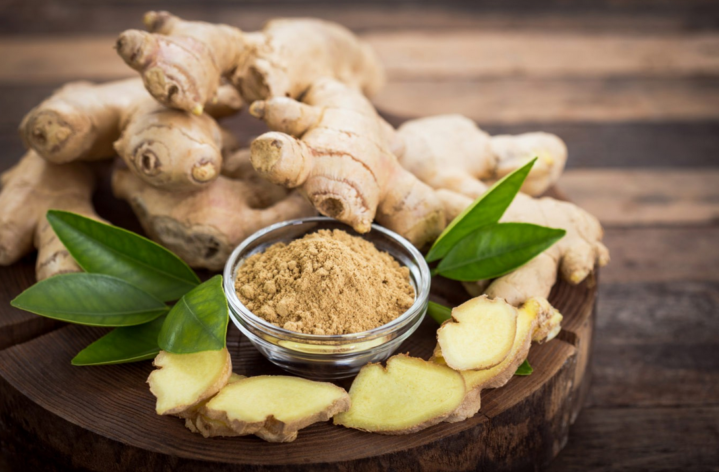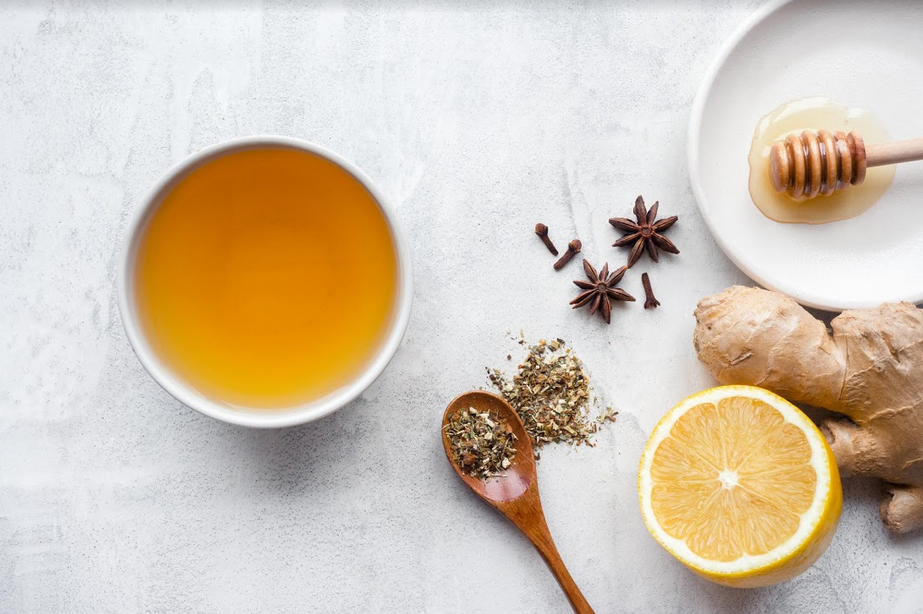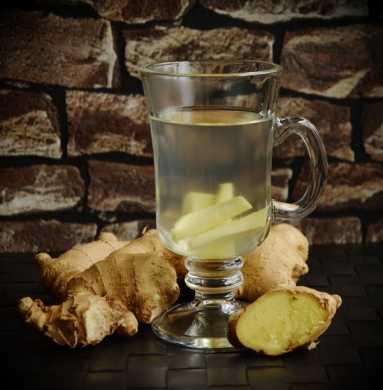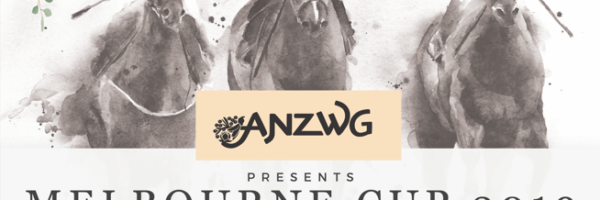
The pungency of ginger
The Thailand and Asia region have a long history of using some of the most wonderful vegetables, herbs and spices grown for medicinal purposes. One such vegetable or spice is ginger.
The discussion at times debates if ginger is a spice or vegetable. Ginger is a vegetable according to the University of California Davis because it is the root of a ginger plant. In 100 grams (g) of fresh ginger root you will find: 79 calories, 17.86 g of carbohydrates, 3.6 g of dietary fibre, 3.57 g of protein, 0 g of sugar, 14 mg of sodium, 1.15 g of iron, 7.7 mg of vitamin C, 33 mg of potassium, other nutrients found in ginger are: vitamin B6, magnesium , phosphorus, zinc, folate, riboflavin and niacin.
Fresh or dried ginger can be used to flavour foods and drinks without adding unnecessary salt or sugar. Since it is often consumed in such small amounts, ginger does not add significant quantities of calories, carbohydrate, protein, or fibre. Whichever way you look at it, ginger is something that all kitchens must have! One more thing to add, when you crystallise ginger, you now turn it into a candy. That is another category
Indians and Chinese are believed to have produced ginger as a tonic root for over 5000 years to treat many ailments, and this plant is now cultivated throughout the humid tropics, with India being the largest producer. Ginger was used as a flavouring agent long before history was formally recorded. It was an exceedingly important item of trade and was exported from India to the Roman Empire over 2000 years ago, where it was especially valued for its medicinal properties. Ginger continued to be a highly sought-after commodity in Europe even after the fall of the Roman Empire, with Arab merchants controlling the trade in ginger and other spices for centuries. In the thirteenth and fourteenth centuries, the value of a pound of ginger was equivalent to the cost of a sheep.
By medieval times, it was being imported in preserved form to be used in sweets. Queen Elizabeth I of England is credited with the invention of the gingerbread man, which became a popular Christmas treat. Ginger was mentioned again in Asian medical books 2,000 years ago and we know that is has been incorporated in about half of all multi-item prescriptions in oriental medicine for thousands of years. Fresh ginger, among oriental physicians, is reputed to be a good remedy for vomiting, coughing, abdominal distension and fever, whereas the processed (steamed and dried) ginger is used for abdominal pain, lumbago and diarrhoea.

Africans drink ginger root tea as an aphrodisiac; women in New Guinea eat the dried root as a contraceptive. In India, children are given fresh ginger tea for whooping cough. In oriental
At least 115 constituents in fresh and dried ginger varieties have been identified by a variety of analytical processes. Gingerols are the major constituents of fresh ginger and are found slightly reduced in dry ginger, whereas the concentrations of
from the methanolic crude extracts of fresh ginger rhizome.
The recognised

Ginger tea is good for colds and flu; it causes eliminative sweat. It is even thought that ginger juice or tea massaged into the scalp stimulates hair growth. Researches have proven that ginger is better than Dramamine, a common motion sickness drug, at suppressing
It has also been proven that ginger is a more potent anticoagulant than either garlic or onion. It more efficiently inhibits blood cells’ synthesis of a substance called
As with all herbs and
As a side note: I am so pleased to advise that finally, after a long period of time, my web site is now up and running, there has also been a name change, www.5seasonsliving.com is available for my global audience. Thank you for your long-term patience. I look forward to hearing from you.
Health and Happiness
Karla Walter
www.5seasonsliving.com



